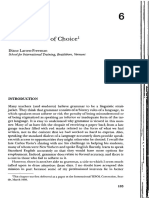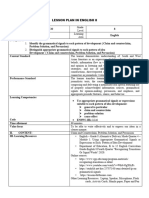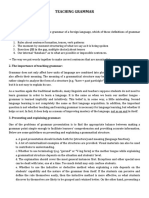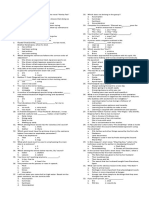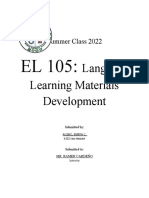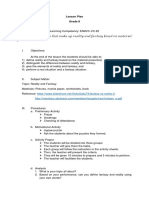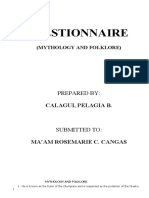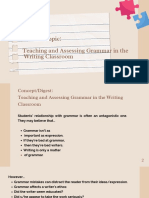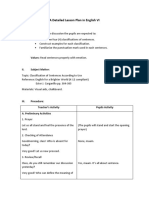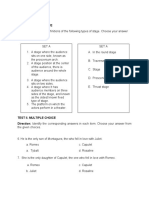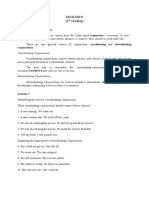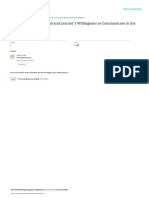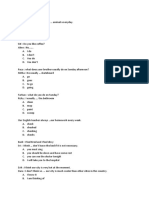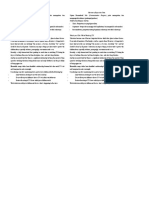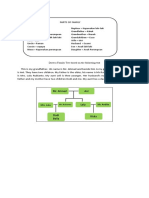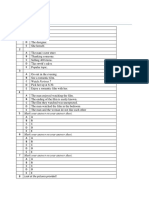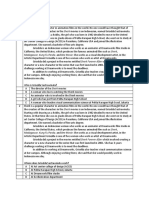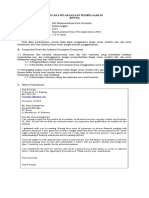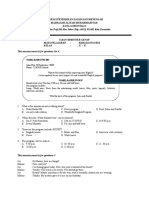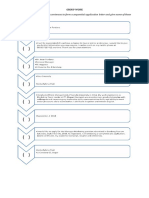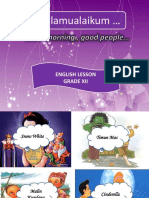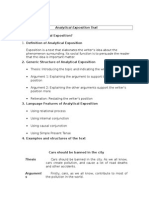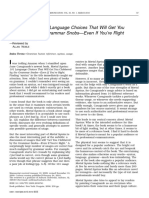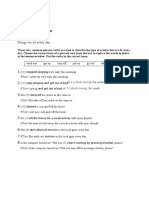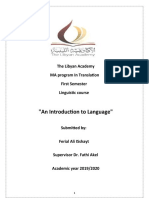0% found this document useful (0 votes)
633 views22 pagesAn Analysis of Students' Errors in Using Preposition II
The document discusses errors made by students learning English as a foreign or second language. It begins by defining what an error is, noting that errors are a natural part of the language learning process and should not be seen as problems, but rather as indications of a learner's strategies. The document then discusses various types of errors learners can make, including referential errors, register errors, social errors, textual errors, receptive errors, expressive errors, overgeneralization errors, and omission errors. Finally, the document discusses the relevance of error analysis research to better understand learner errors and help improve instruction.
Uploaded by
Ayin KatiliCopyright
© © All Rights Reserved
We take content rights seriously. If you suspect this is your content, claim it here.
Available Formats
Download as DOC, PDF, TXT or read online on Scribd
0% found this document useful (0 votes)
633 views22 pagesAn Analysis of Students' Errors in Using Preposition II
The document discusses errors made by students learning English as a foreign or second language. It begins by defining what an error is, noting that errors are a natural part of the language learning process and should not be seen as problems, but rather as indications of a learner's strategies. The document then discusses various types of errors learners can make, including referential errors, register errors, social errors, textual errors, receptive errors, expressive errors, overgeneralization errors, and omission errors. Finally, the document discusses the relevance of error analysis research to better understand learner errors and help improve instruction.
Uploaded by
Ayin KatiliCopyright
© © All Rights Reserved
We take content rights seriously. If you suspect this is your content, claim it here.
Available Formats
Download as DOC, PDF, TXT or read online on Scribd
/ 22

